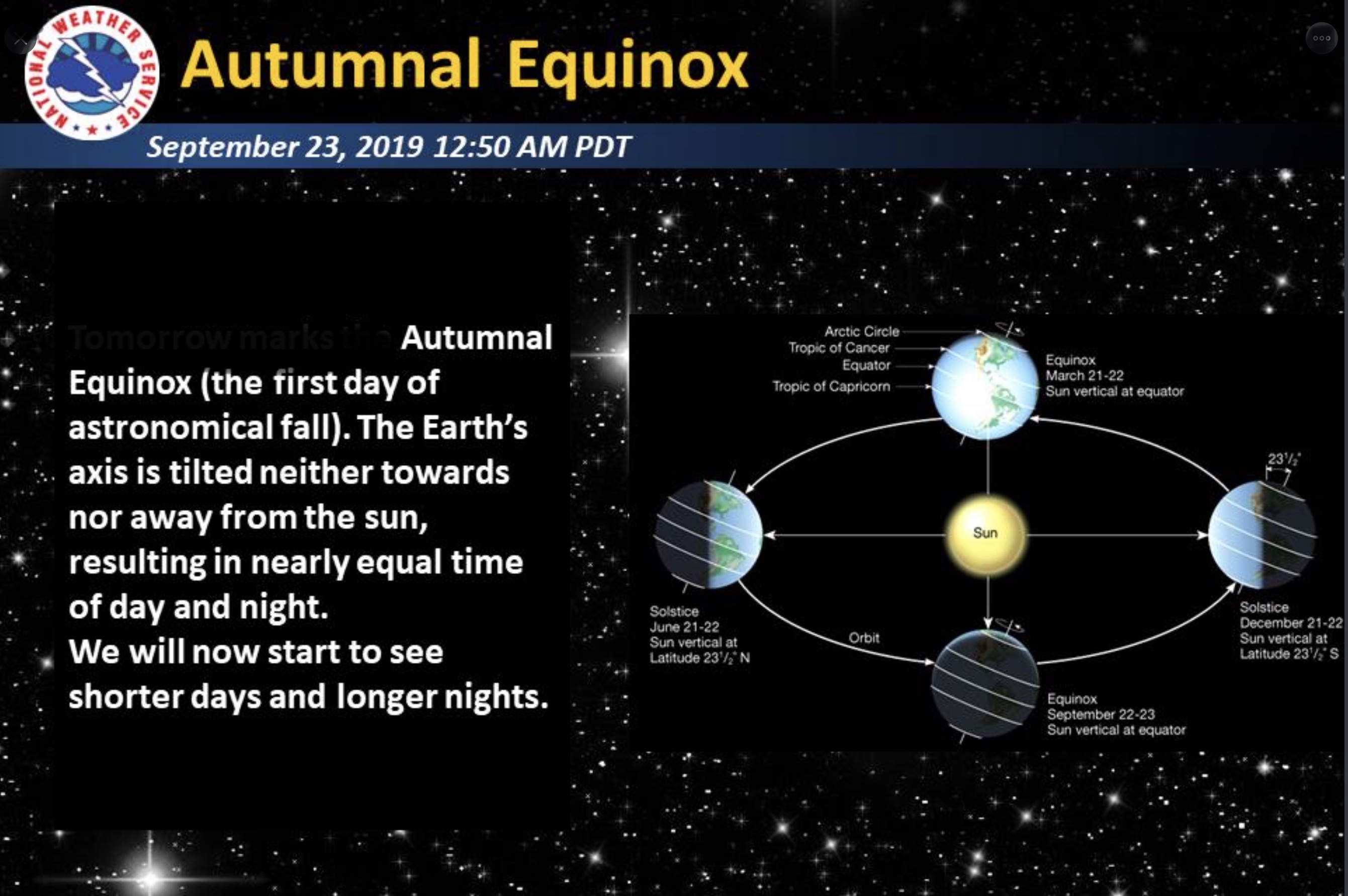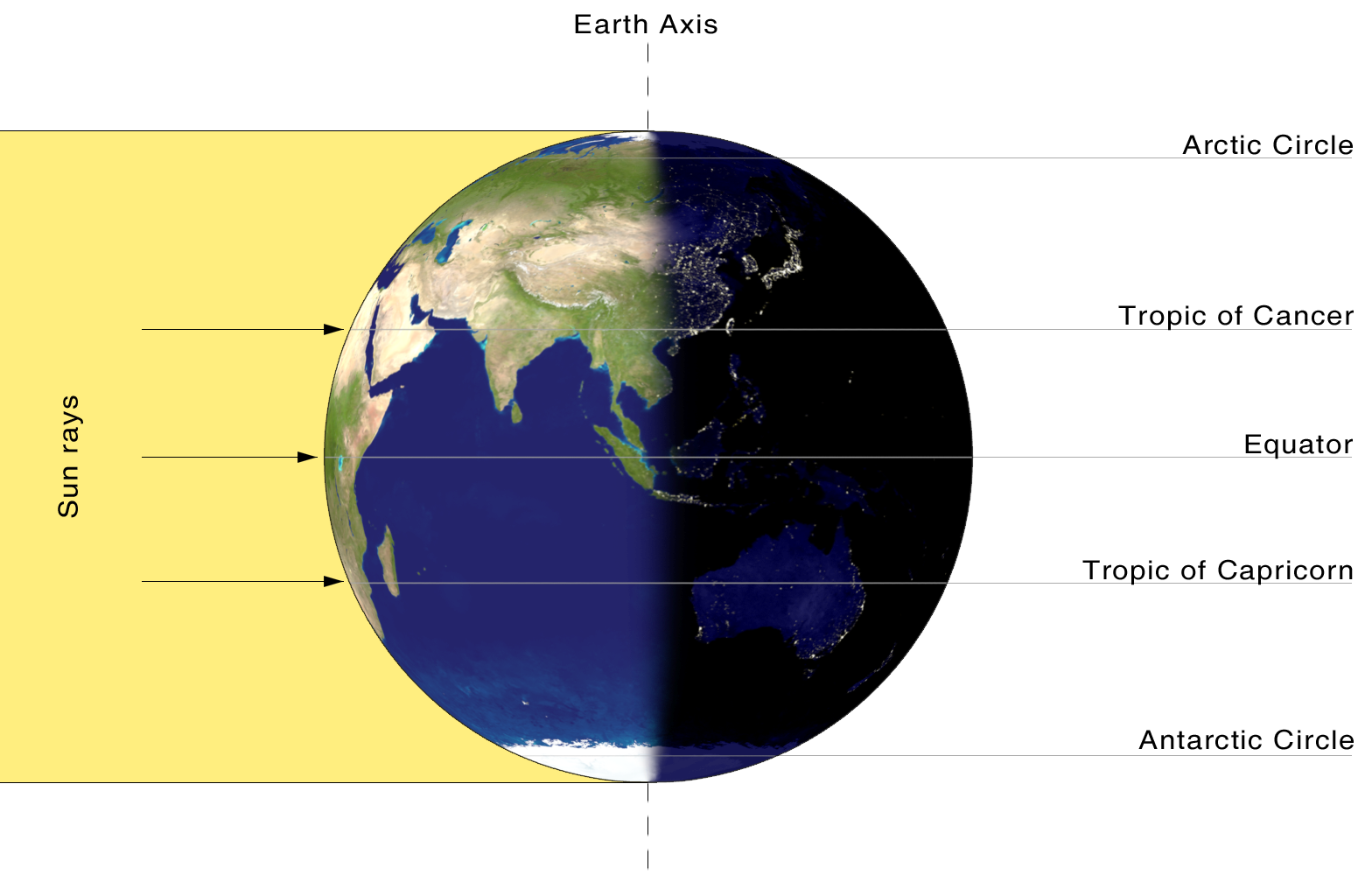

Use a protractor to check the diagram, then correct the picture. The summer angle should both be more vertical and the winter angle should be shallower. Thousands of people also gather at Stonehenge, an ancient monument in Wiltshire, England, to witness the sunrise aligned with the stones. Equinox March 22nd 0o Equinox September 22nd 0o Solstice June 22nd 23.5 N Solstice December 22nd 23.5 S Noon Sun Angle 90 Zenith Angle.

In Sweden, midsummer marks the midpoint of the growing season and traditions involve singing, dancing and bonfires. Throughout history, different cultures have relied on celestial events in order to determine agricultural practices, such as when to plant and harvest crops, or in the development of different calendars around the world. The summer solstice is celebrated in many cultures. What is the cultural significance of the summer solstice? In the Antarctic Circle, a Polar night will occur, where there will be zero hours of daylight. June 21 is the shortest day of the year in the Southern Hemisphere, affecting about 10 percent of the world’s population.įor those living in countries such as Argentina, Australia, South Africa and New Zealand, June 21 marks the winter solstice or the first day of winter. The meteorological seasons for the Northern Hemisphere are defined as: Meteorologists, on the other hand, use temperature cycles to divide the year into four seasons, each exactly three months long. The astronomical seasons for the Northern Hemisphere are best approximated as: An equinox occurs when the sun crosses the equator’s path and is positioned exactly between the Northern and Southern Hemispheres.

The summer solstice also marks the first day of summer in astronomical terms for those living in the Northern Hemisphere.Īstronomers use the dates of the two solstices and two equinoxes to mark the seasons. The first day of summer – in astronomical terms This tilt is also what causes the changing seasons.įor several days or weeks before and after June 21, those living in the Arctic, including parts of Alaska, Canada, Greenland and Scandinavia, will have continuous daylight resulting in what is known as the midnight sun. This happens once every year because the Earth’s axis is tilted by about 23.5 degrees relative to its orbital plane around the Sun. The summer solstice occurs when the sun is at its highest position in the sky. Why is June 21 the longest day of the year? On that day, nearly 90 percent of the world’s population, who live above the equator in the Northern Hemisphere, will have the longest period of daylight in the year and also the shortest night. Keep reading list of 4 items list 1 of 4 In numbers: India-Canada trade and education relations list 2 of 4 How reliant is the world on Indian rice exports? list 3 of 4 Map: Which MENA countries have diplomatic ties with Israel? list 4 of 4 How the Apple iPhone 15 price compares with all previous iPhones end of list


 0 kommentar(er)
0 kommentar(er)
